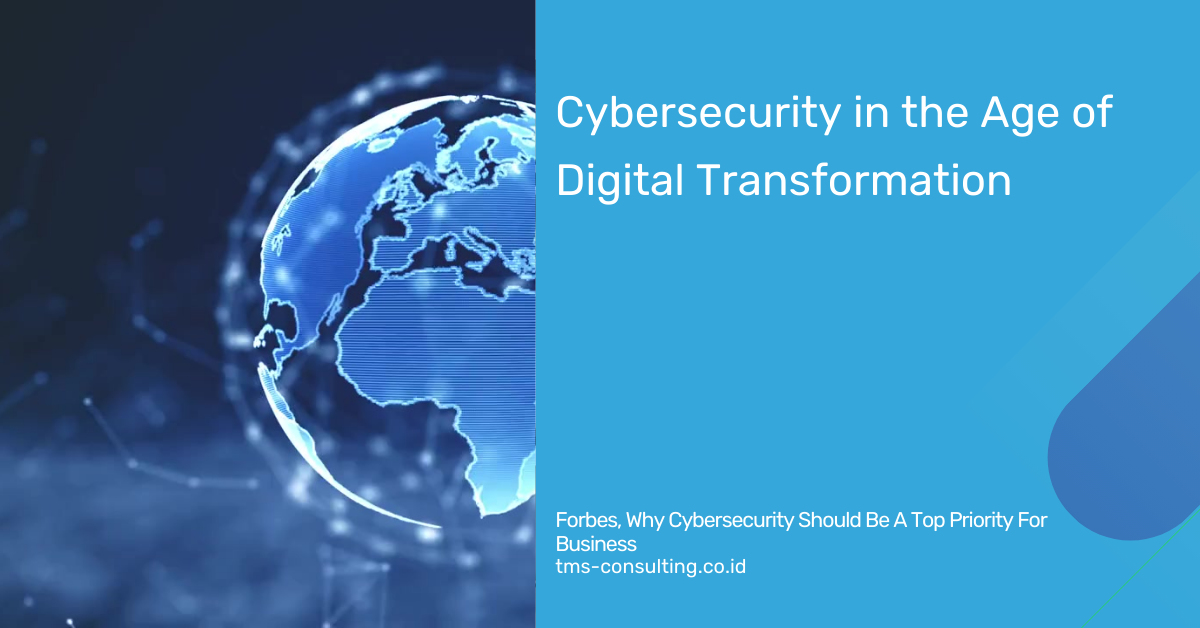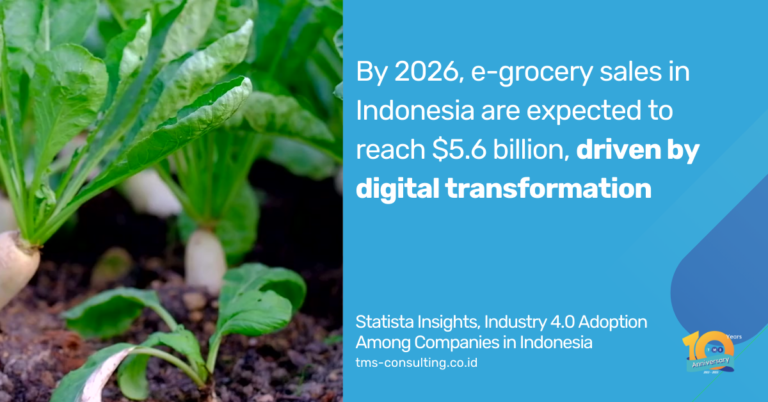In today’s hyper-connected world, digital transformation is revolutionizing industries, streamlining operations, and enhancing customer experiences. However, this rapid shift to digital brings unprecedented challenges, particularly in cybersecurity. Businesses face an increasing threat from cyberattacks, which can cripple operations and tarnish reputations. Alarmingly, companies experience an average downtime of 21 days due to ransomware attacks, with recovery often taking even longer.
Looking for expert guidance to safeguard your business in the digital age? TMS Consulting specializes in cybersecurity strategies that protect your digital transformation efforts and ensure uninterrupted growth. Contact us to learn how we can help secure your business.
The Cybersecurity Challenges of Digital Transformation
1. Expanded Attack Surface
As businesses adopt technologies like cloud computing, IoT, and AI, their digital footprints grow, creating more vulnerabilities. Cybercriminals exploit these weak points to launch sophisticated attacks, targeting sensitive customer and business data.
2. Rising Threats of Ransomware
Ransomware attacks are one of the most disruptive cyber threats today. A single attack can bring operations to a standstill for weeks. This downtime not only results in lost revenue but also damages customer trust. Recent data reveals that ransomware incidents cost businesses significant time and resources to recover.
3. Compliance and Regulatory Hurdles
Organizations must comply with strict data protection regulations like GDPR and CCPA. Non-compliance can lead to hefty fines, exacerbating the financial impact of a breach.
4. Shortage of Cybersecurity Talent
The growing demand for cybersecurity professionals has created a talent gap, leaving many organizations unprepared to combat advanced threats.
Solutions for Cybersecurity in the Digital Age
1. Implement Zero Trust Architecture
A Zero Trust approach ensures that every access request is verified, regardless of its origin. By enforcing strict identity and device verification, organizations can reduce the risk of unauthorized access.
2. Leverage AI and Automation
AI-powered cybersecurity tools can detect anomalies in real-time, enabling faster responses to potential threats. Automation streamlines routine security tasks, freeing up human resources for strategic planning.
3. Prioritize Employee Training
Human error remains a leading cause of breaches. Comprehensive training programs help employees identify phishing attempts and follow best practices for secure operations.
4. Secure Cloud Environments
Cloud security measures, such as encryption, multi-factor authentication, and regular audits, are critical for protecting data stored and shared in cloud platforms.
Conclusion
In the age of digital transformation, cybersecurity is not optional—it is a business imperative. Organizations must proactively adopt robust security measures to safeguard their digital assets, maintain customer trust, and ensure uninterrupted operations.
Ready to protect your business against modern cyber threats? TMS Consulting offers tailored cybersecurity solutions that support your digital transformation journey while ensuring peace of mind. Get in touch with us today to fortify your defenses.
Reference:
Forbes, Why Cybersecurity Should Be A Top Priority For Business






